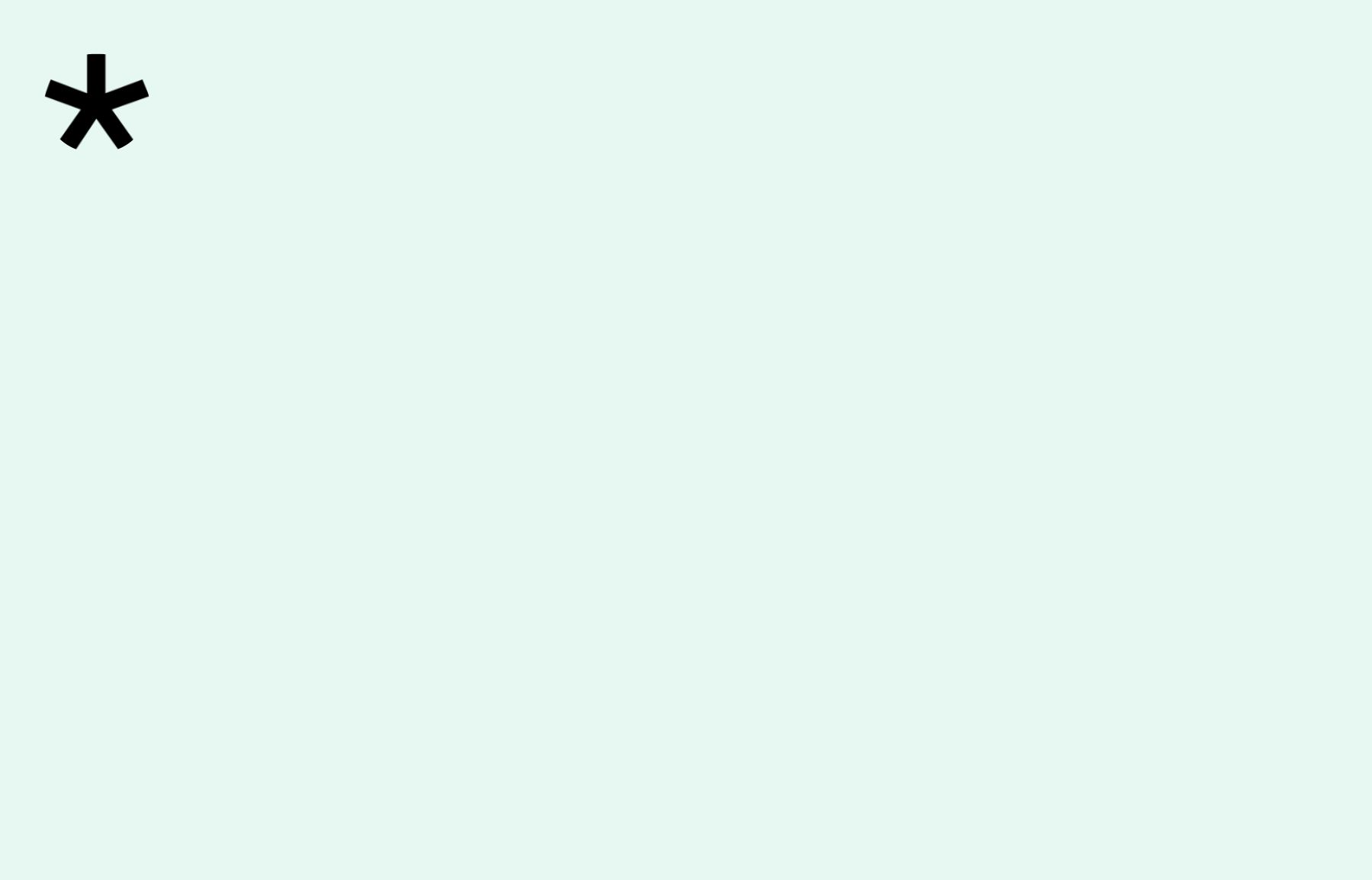Italy, Visual Arts, 1964
Remo
Remotti
Remo Remotti (b. 1924 in Rome; d. 2015 in Rome) came to West Berlin for the first time in 1964 at the invitation of the DAAD Artists-in-Berlin Program (BKP); he had been selected by one of the “senior artists-in-residence” (Emilio Vedova) to collaborate with him as a “junior.” This early experiment in cooperation between artists in the Artists-in-Berlin Program proved unsatisfactory, however—not only in this case—and Remotti returned to Rome after only four weeks. In 1967, a year after his solo exhibition at Galerie Bremer, which was accompanied by a booklet with a text by the art critic Heinz Ohff, Remotti nevertheless accepted a second invitation from the Artists-in-Berlin Program. He began a twelve-month period of residency and ended up staying in Berlin for several years. Influenced by the “double face of Italian modernism” (Ohff), Remotti’s painterly oeuvre was situated between a neo-Dadaist orientation that incorporated found items into painting or defamiliarized them—as seen, for example, in the work of Alberto Burri—and the Constructivist tradition that was increasingly being breached (and in the case of Lucio Fontana, quite literally pierced). Among the works Remotti created were metal reliefs made of crumpled aluminum foil held together by screws and tube caps—whereby the seams always have a decorative effect but at the same time recall scars—and pieces where the “picturesque” crumpled foil is contrasted with pieces of neutral white Formica. The combination of these heterogeneous—neo-Dadaist and Constructivist—aspects of his practice in cubic works brought about a transformation in Remotti’s art from painting to sculpture.
In 1969 Remotti had a solo exhibition entitled Paintings – Structures – Cubes at Haus am Lützowplatz, organized by the Artists-in-Berlin Program; this retrospective survey of the two years he had spent in Berlin by this time traced the development of his work from two to three dimensions. In 1972 Galerie Paramedia in partnership with the Artists-in-Berlin Program held a further solo exhibition; Heinz Ohff once again wrote a text for the catalogue brochure. He describes Remotti’s development as a “revolt” that began around 1969, in which the Dadaist in him rebelled against the more agreeable Constructivist, the anarchist against the aesthete, and the artist against the producer of buyable and sellable art. His “furious additions”—such as that of a black “frame” painted directly onto the wall beneath a metal picture—evolved into a singular style that combined Constructivist and cartoonish elements.
In the 1990s, Remo Remotti returned to Berlin to produce a “Berlin Video” in various cultural institutions in Berlin (Museum für Völkerkunde [Ethnological Museum], Ägyptisches Museum [Egyptian Museum], Nationalgalerie, Akademie der Künste, Bauhaus-Archiv, Brücke-Museum), with support from the Artists-in-Berlin Program. In Italy, Remotti is now better known as an actor and director than as an artist.
Text: Eva Scharrer
Translation: Jacqueline Todd


